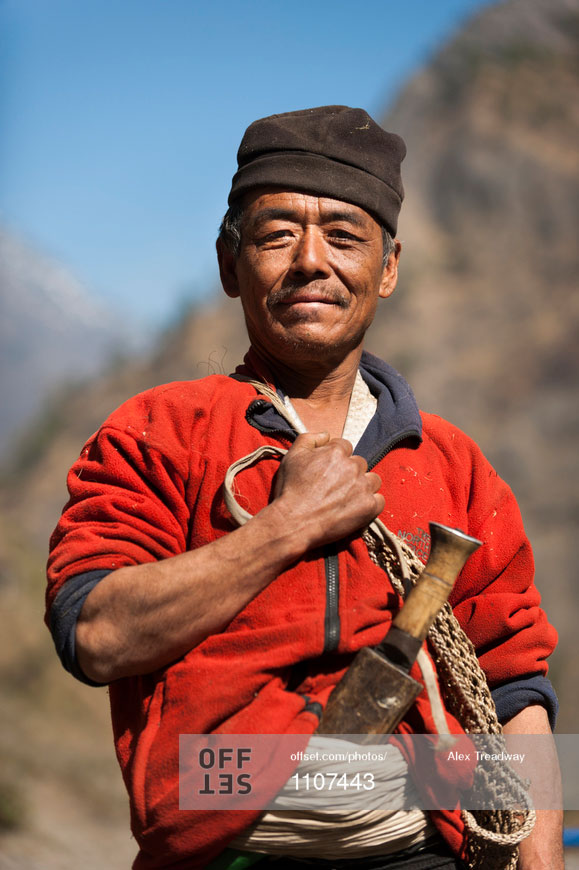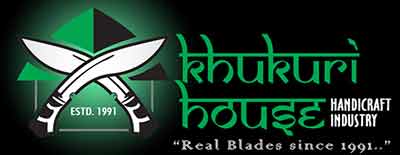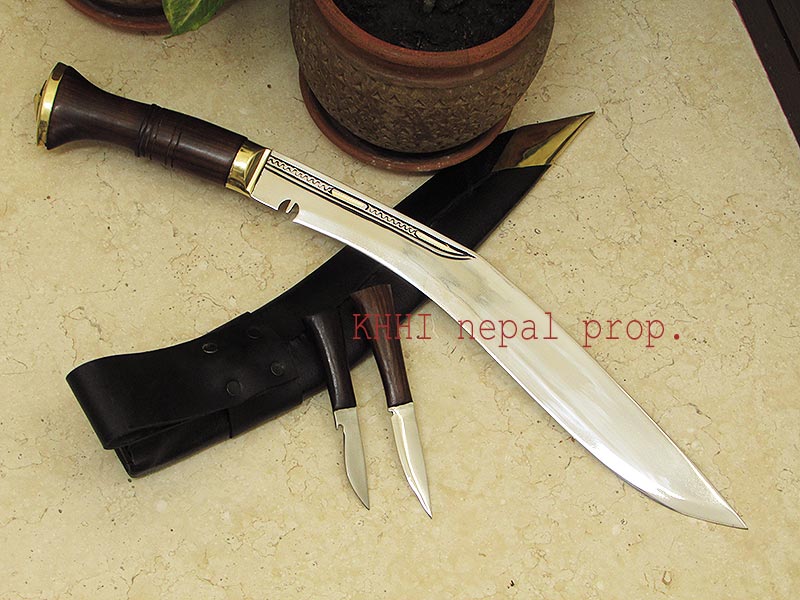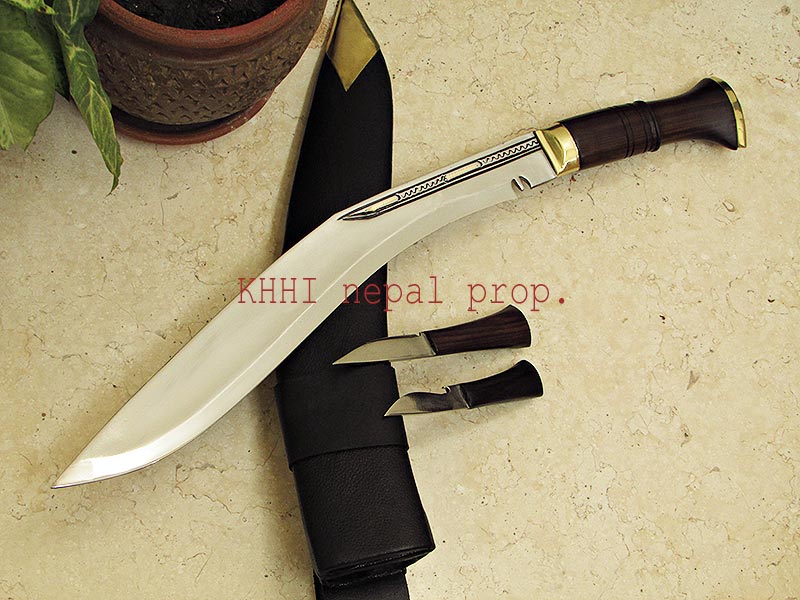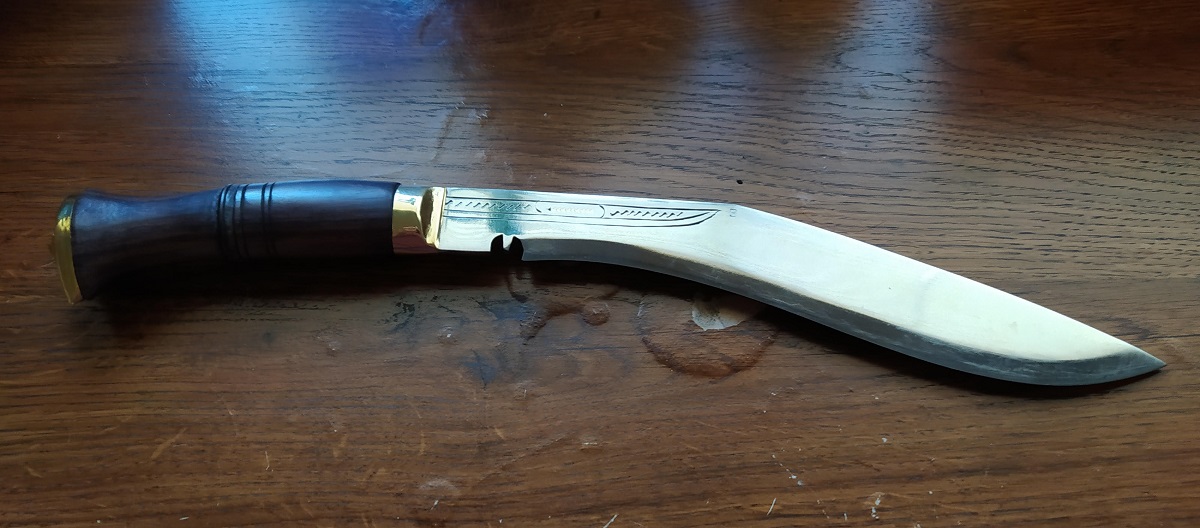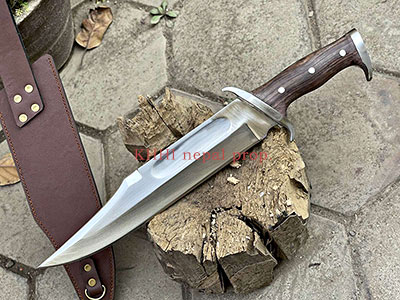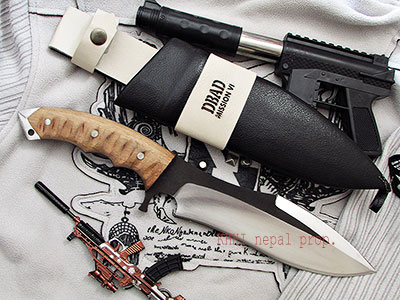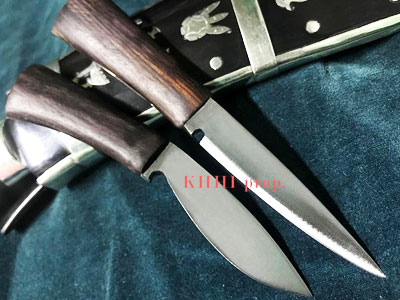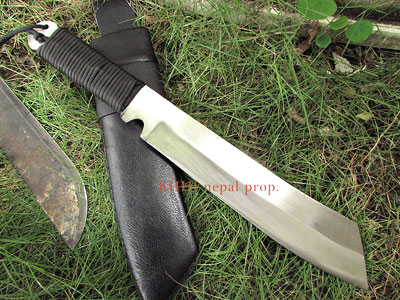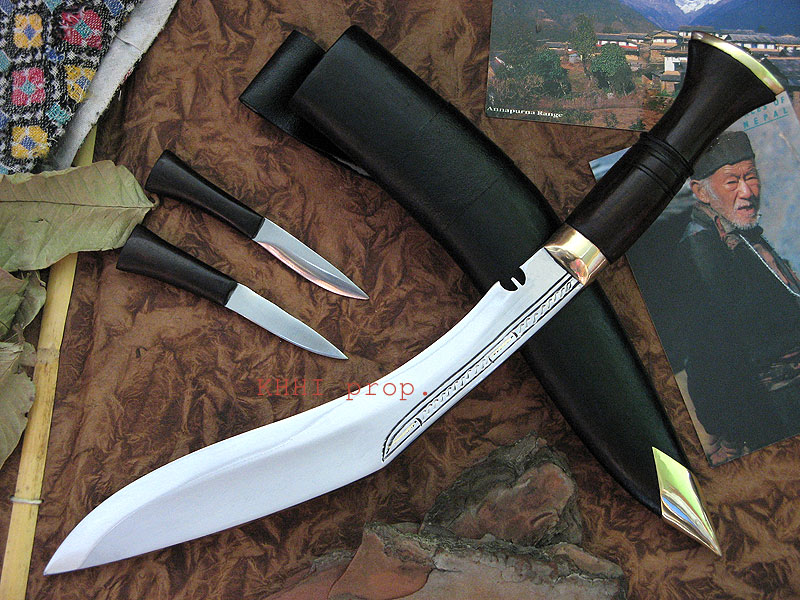
SiruPate (Slender)
Most renowned khukuri among Nepali due to its historic background and beautiful shape; recommended for those who like to travel-carry light...
Delivery: Estimated between May 25, 2024 and Jun 04, 2024
Item Location: Nepal
Default Specification
- Blade Size (in): 10
- Handle Size (in): 5
- Handle Material: Rosewood
- Actual Weight (gm): 420
- Overall weight (gm): 575
- Shipping weight (gm): 875
- Blade finishing: Polished
- Blade sharpness: Standard (very sharp)
- Blade material: 5160
- Place of Origin: Dharan, Eastern Nepal
- Accompanying knives/B-up: Karda Chakmak
- Blade thickness (mm): 8
- Handle finishing: Polished
- Sheath: Water buffalo leather
- Tang type: Stick
- Fixture: Brass
- Edge grinding: Semi convex
- Edge Hardness: 55-57 hrc
- Blade (panel) Grinding: Full Flat
- Function: Indoor, Gift, Domestic use, Regular Work, Military
SiruPate (Slender); traditional Nepali kukri knife .. a classic piece from history
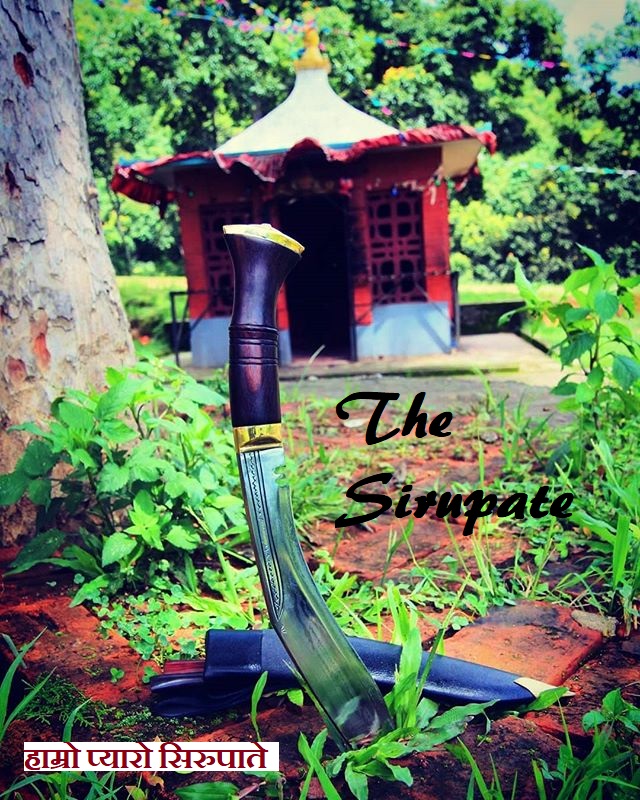
“SiruPate” is a vocabulary in the Nepalese language, the name is derived from a leaf’s name found in the hill areas of Nepal. “Siru” is the plant’s name and the leaf of it is called “Paat”. Since the shape of the Siru’s leaf inspires the shape of the SiruPate kukri, the name is given so. It is the most famous and common khukuri amongst all locals. When it comes to kukri the first word a Nepalese would utter is "SiruPate".
In the rural villages of the hillside of Nepal, local farmers carry out their daily domestic and livelihood work always carrying a kukri knife. Therefore a need for a handy, functional and mobile knife becomes necessary that would assist them to accomplish any objective that involves cutting, hacking, etc. Since a SiruPate is slender, lighter, and handier (making it more practical than other kukris) farmers prefer it and highly rely on it.
The kukri not only helps a farmer do his daily profession but also safeguards him from imminent threats and danger from wild animals while in the woods. This special bond between the user and his kukri keeps him stable, strong, and always at bay from physical threats. His kukri becomes like a guarding angel physically, mentally, and religiously.
Nepali SiruPate kukri is a simple, slim, light, and traditional version yet very effective and attractive at the same time. The mobility and well balanced weight of the kukri makes it more special and extra than its counterparts. It is designed for daily household usage and for outdoor as well. It is one of the most famous kukris in Nepal and is always in high demand in the local market. It is highly recommended for those who like to travel light and prefer light weight kukri. It also makes a great gift to take back home from Nepal as a souvenir of the country.
SiruPate is also an occasional kukri knife that is used in marriage ceremonies and other religious events. It also accompanies a male dancer to perform the traditional “Kukri Dance” in Nepal.
This SiruPate kukri comes in a basic rat-tail tang handle with a wooden grip secured with brass fittings. It has a traditional sheath that comes with 2 accompanying knives (KARDA; a knife and CHAKMAK; a sharpener).
Overall length: 15 inches (10 inch blade + 5 inch handle) approx.
Materials: Water buffalo leather scabbard, Indian rosewood handle, 2 x small knives
Origin: Dharan, Eastern Nepal
